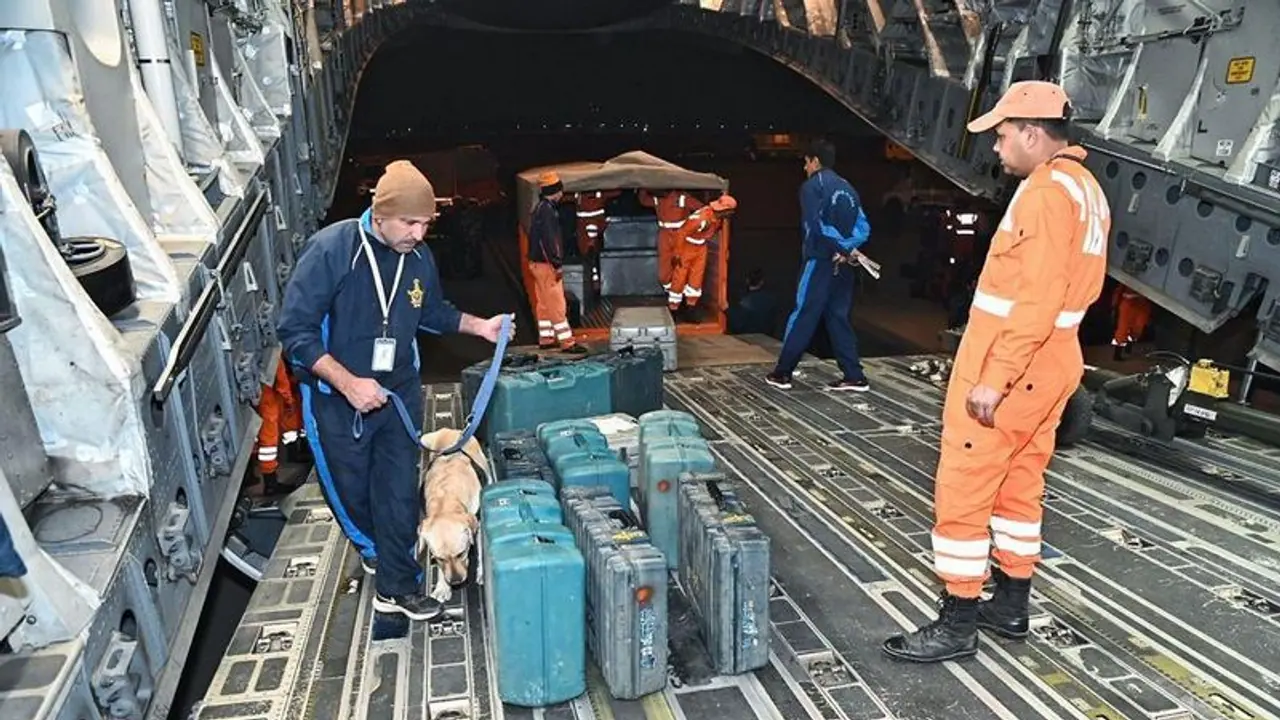In a humanitarian move, the United States announces plans to airdrop essential supplies in Gaza, a region grappling with ongoing challenges. Questions arise about the potential risks involved, drawing attention to past instances of such operations and sparking discussions on alternative approaches to address the humanitarian needs on the ground.
The US is planning to supply aid in the densely populated war torn Gaza region in Palestine. The ongoing war between Israel and Hamas has engulfed the region into chaos as lakhs of Gazans have been displaced from their homes as Hamas has indicated full control which in turn has invited IDF to conduct operations.

Israel’s blockade of Gaza has resulted in despairing conditions for civilians as aid is not reaching the needy. The locals have resorted to drinking polluted water and even eating grass to survive. While local reports suggest many parents are foregoing their meals for the survival of their children.
The US national spokesperson confirmed that the Joe Biden administration was looking to airdrop vital supplies into Gaza. France, Jordan, and Egypt have supplied aid to Gazans so far. US is likely going to use one of the C-17 and C-130 for the job. However, such a move comes with its own challenges.
It will be hard for the US Air Force to conduct an airdrop in the region as a lot of factors determine the success of the humanitarian operation. The transport aircraft have a backside opening from where the pallets tied with parachutes will be dropped containing the vital supplies.
However, the wind factor plays a major role in the airdrop operation. Some videos from such past operations have shown the pallets of aid landed in the sea due to wind. Even if the pallets of aid land successfully in Gaza through the operation, there is no guarantee that the supplies will not be botched up by Hamas which has an indifferent attitude towards the local population.
The US has experience with humanitarian airdrops as they conducted such operations in Iraq during the ISIS rule. They also airdrop vital supplies on Christmas Day in the Pacific Islands in an effort called Operation Christmas Drop. There are other alternatives as well for the US to supply into Gaza.
They can use maritime routes by sailing from Cyprus and reaching the Mediterranean Sea at the Gazan waters. However, challenges persist in such an operation as well with no clear location where the aid could be unloaded from ships.
